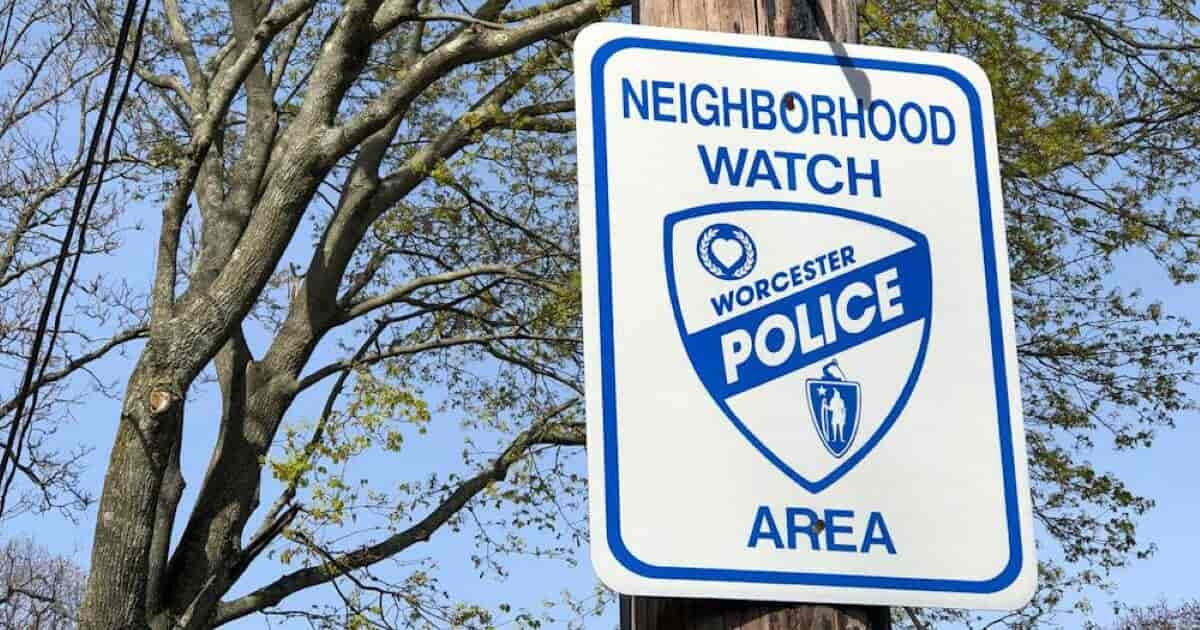With a major storm forecasted for Worcester and much of the Northeast, AAA is warning drivers about the role of winter storms, bad weather and sloppy road conditions in crashes across the country.
Over 2,000 deaths occur on roadways every winter season with half of all crashes involving bad weather taking place in winter months.
AAA advises drivers on the following steps during snowy and icy conditions:
- Stay home. If you really don’t have to go out, don’t. Even if you can drive well in bad weather, it’s better to avoid taking unnecessary risks by venturing out.
- Drive slowly. Always adjust your speed down to account for lower traction when driving on snow or ice.
Accelerate and decelerate slowly. Apply the gas slowly to regain traction and avoid skids. Don’t try to get moving in a hurry and take time to slow down for a stoplight. Remember: it takes longer to slow down on icy roads. - Increase your following distance. Allow five to six seconds of following distance between your vehicle and any vehicle in front of you. This space allows you time to stop safely if the other driver brakes suddenly.
- Know your brakes. Whether you have antilock brakes or not, keep the heel of your foot on the floor and use the ball of your foot to apply firm, steady pressure on the brake pedal. Don’t pump the brakes.
- Don’t stop if you can avoid it. There’s a big difference in the amount of inertia it takes to start moving from a full stop versus how much it takes to get moving while still rolling. If you can slow down enough to keep rolling until a traffic light changes, do it.
- Don’t power up hills. Applying extra gas on snow-covered roads just starts your wheels spinning. Try to get a little inertia going before you reach the hill and let that inertia carry you to the top. As you reach the crest of the hill, reduce your speed and proceed downhill slowly.
- Don’t stop going up a hill. There’s nothing worse than trying to get moving up a hill on an icy road. Get some inertia going on a flat roadway before you take on the hill.
AAA also recommends always keeping the following items in your Emergency Kit for winter driving:
- Mobile phone and car charger
- First-aid kit
- Blankets
- Drinking water/snacks for everyone in the car including pets
- Flashlight with extra batteries
- Rags, paper towels or pre-moistened wipes
- Basic toolkit including duct tape and warning devices such as flares or reflectors
- Ice scraper/snow brush
- Jumper cables/jump pack
- Traction aid such as sand, salt or non-clumping cat litter
- Tarp, raincoat and gloves
- Shovel









